Telescopes are surprisingly durable instruments. Even if they aren’t taken care of well, they can usually be brought back to their original state without too much work, unless they are made of very cheap materials.
For those who are curious, here are some of the lifespans of typical telescope components, based on my first-hand knowledge and being involved heavily in the telescope niche for close to 10 years now:
- Optics: Pretty much forever
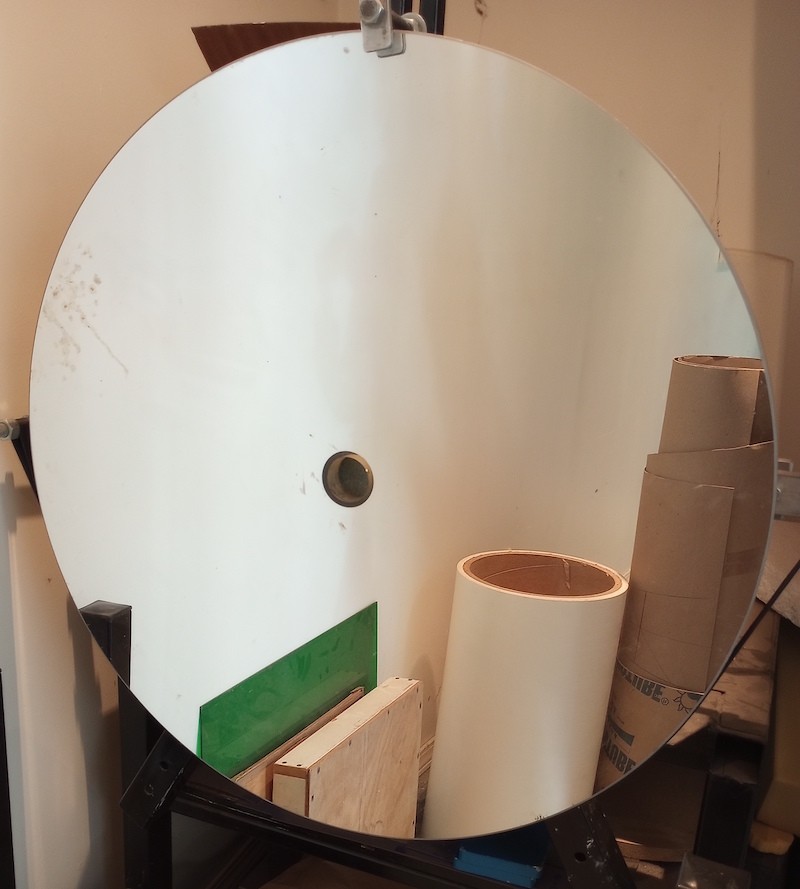
Glass is both solid and hard. Optical coatings will protect the glass beneath from chemical damage most of the time, and small micro-scratches to lenses are not enough to impact performance in a lot of cases. There are working telescopes from the 1800s still being used in observatories every day.
RELATED: How to Clean Telescope Mirrors and Lenses
- Mirror coatings: 50–100+ years
Aluminum mirror coatings are susceptible to chemical attack and can decay within years or decades if not taken care of. But if well preserved, there is little to prevent even a frequently-used reflecting telescope from using its original mirror coatings.
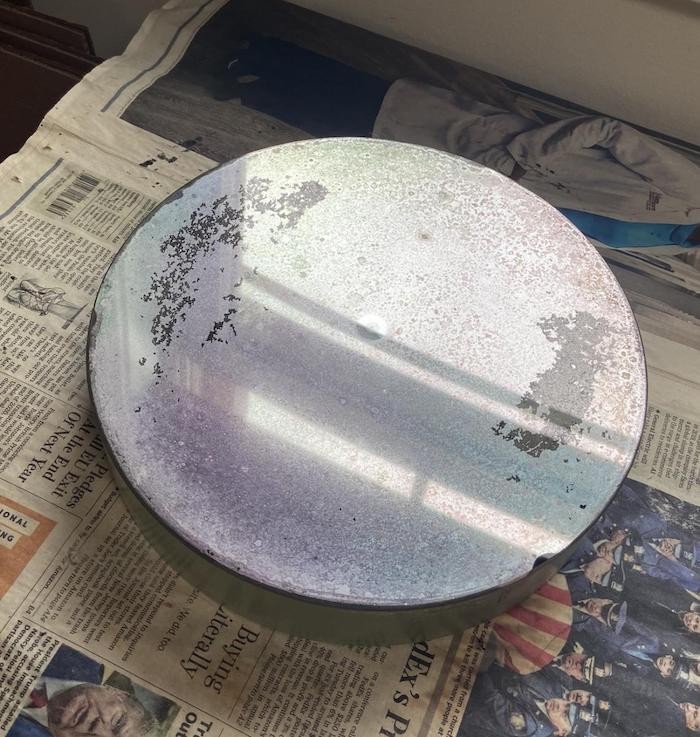
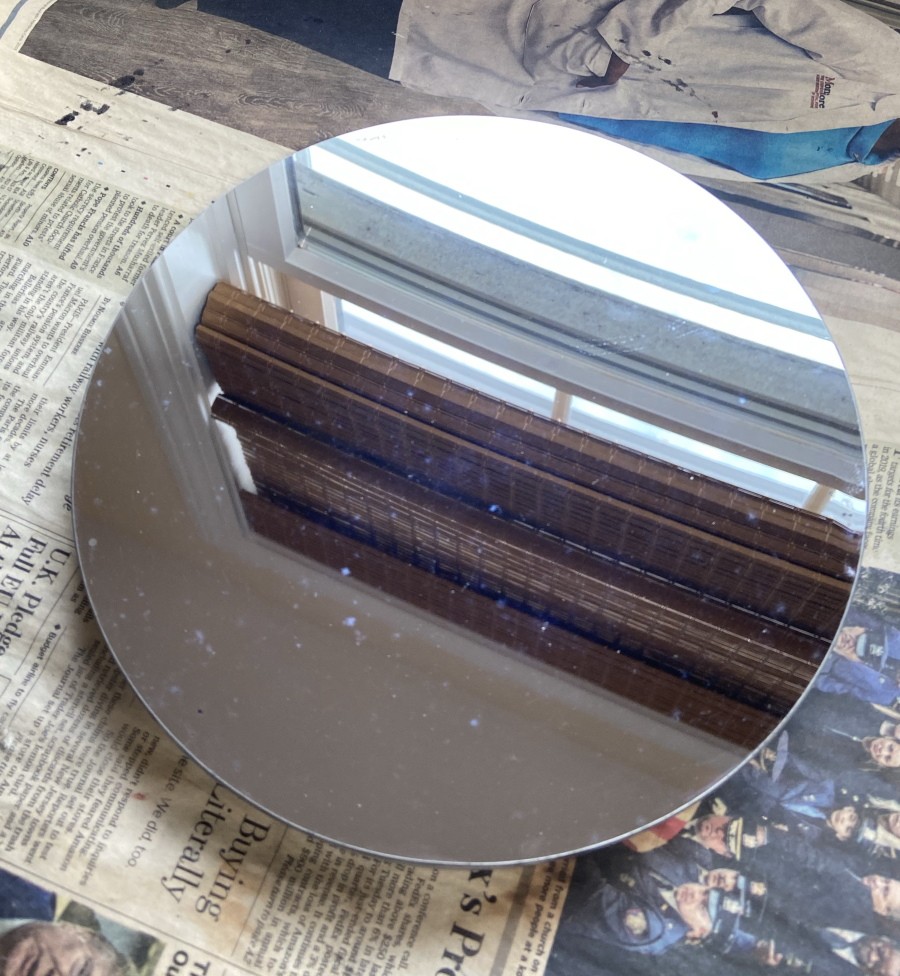
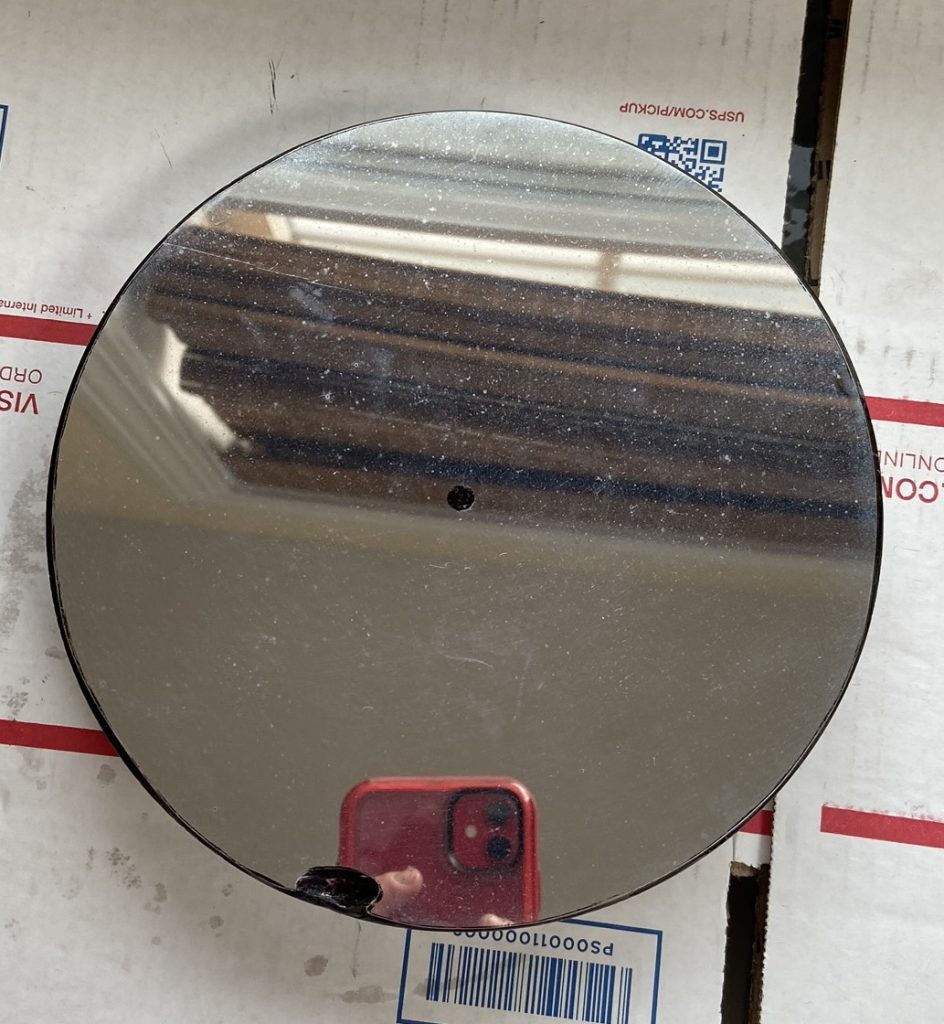
Silver mirror coatings tarnish after no more than a few years, even in the best of cases.
RELATED: How to Care and Recoat Telescope Mirrors
Schmidt-Cassegrain telescopes’ sealed optical systems make them more resilient to corrosion from polluted air, pollen, and moisture, with the majority of even the first units pushing 50–60 years of age having fresh-looking mirrors.
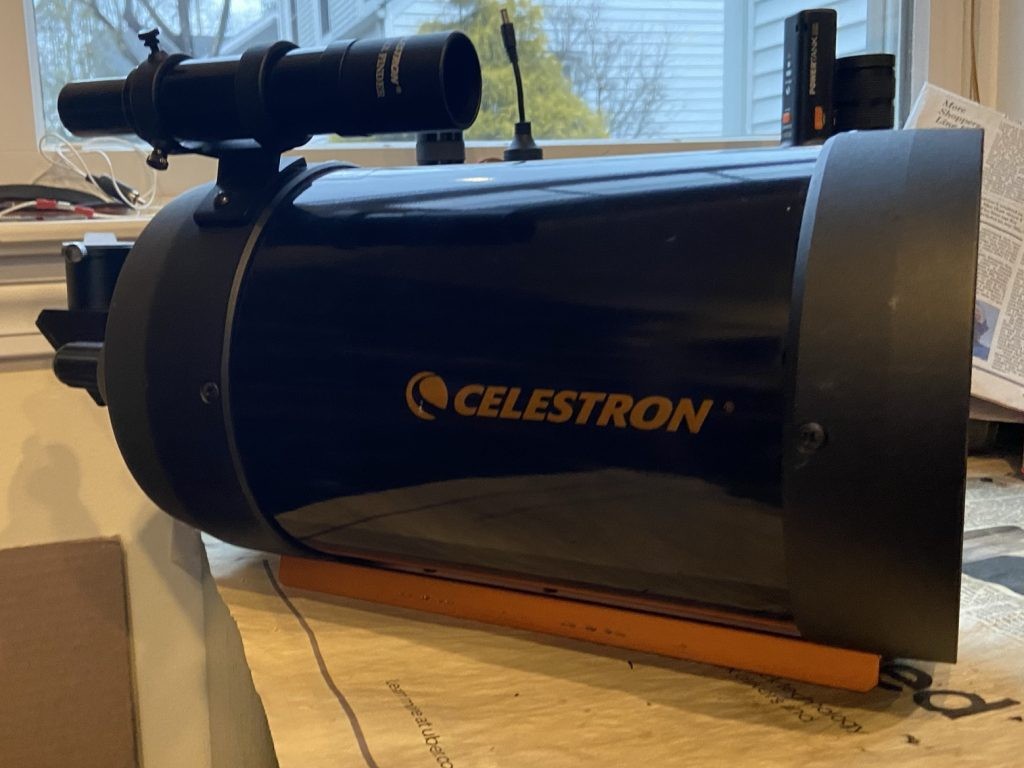
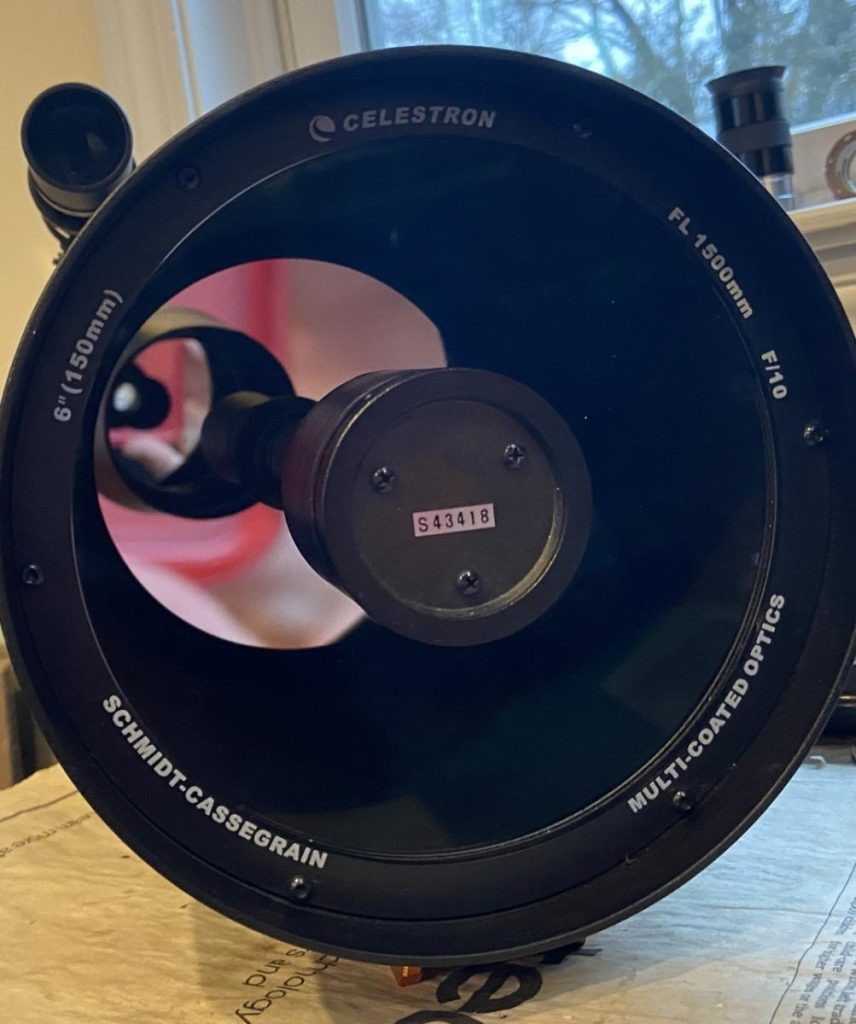

- Mounts & most other metal fittings/parts: 100+ years
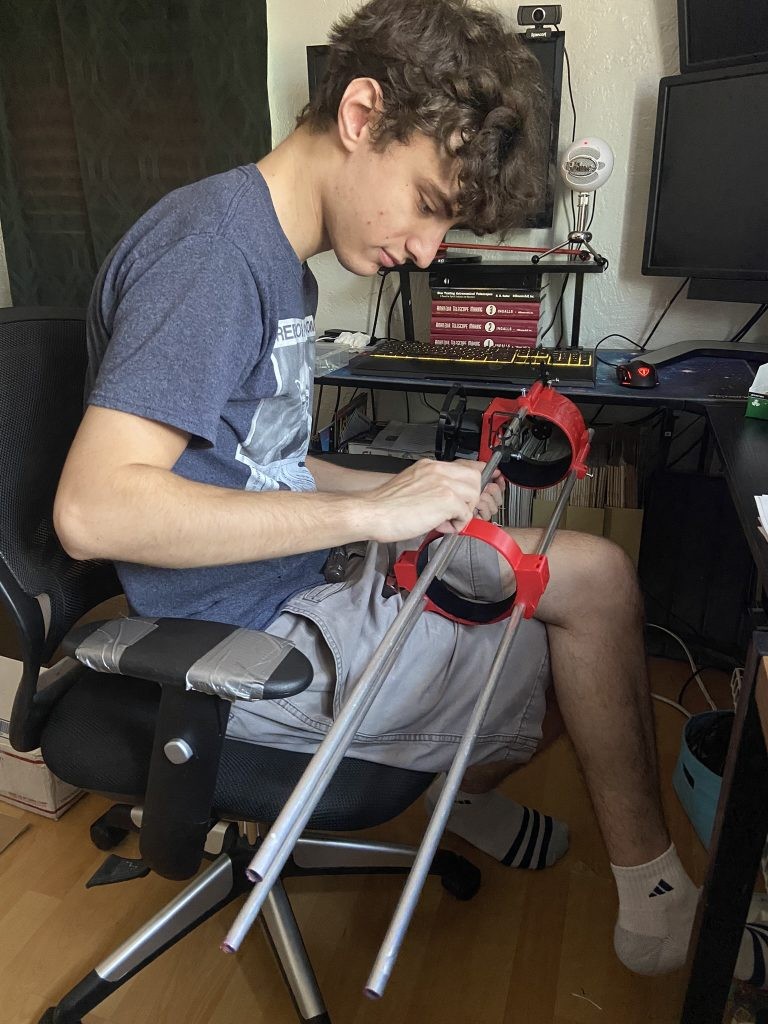
Precision-machined mounts can be fixed even if they are somewhat corroded. Simple clock drives use electronic parts that are incredibly easy to repair.
- Metal focusers: 50–100+ years.
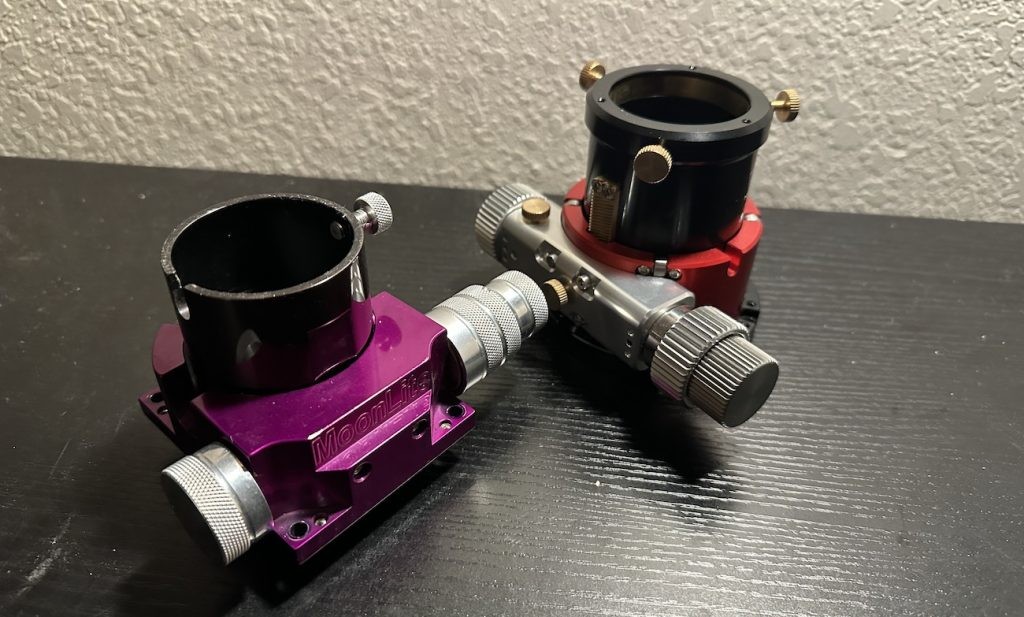
Many focusers that use rack-and-pinion or helical designs, even if they are made of metal, will eventually wear down at least some of their parts to the point of being unusable. However, I wouldn’t anticipate this happening for a long time.
- Tubes: 50–100+ years
Tubes that are made of cheap steel alloy, phenolic resin, and even cardboard tend to be coated in enough sealant or paint to keep them from seriously decaying for at least a half-century.
- Simple electronics (finders, clock drives, motor focusers): 30–50 years
Even simple electronics burn out under heavy use eventually.
Many older clock-driven telescopes are having their drives fail. One thing I noticed is that the mechanical parts within drive systems, particularly older ones that might use materials such as rubber and cork for shims, usually give out before the electronics do.
- GoTo Mounts: 20–30 years
Many GoTo mounts use plastic gears, which will eventually grind themselves away. Barring that, the complex circuitry (which is often cheaply made) can eventually burn out or succumb to software issues.
I’ve personally witnessed and know of many older GoTo mounts from the 1990s and early 2000s that are beginning to fail en masse. Newer and more expensive models are probably more resilient, but they simply cannot withstand the test of time without significant upgrades and replacement parts.
- Shims, eyecups, grips, & similar parts: 20–30 years
Even today, many mirror cells and even drive systems use cork shims, a material that dry rot or crumble. Replacing this stuff is simple. The rubber on eyepiece eye guards, focuser grips, etc. also gives out after a few decades due to dry rot.
- Dobsonian bases: 20 years
Plywood or even chipboard dobsonian mounts many decades old are still in fine shape with even the most basic paints or varnishes applied.
However, the particle board bases in cheap mass-manufactured Dobsonians inevitably warp when wet. The melamine laminate covering it will peel from moisture, temperature, or sunlight damage.
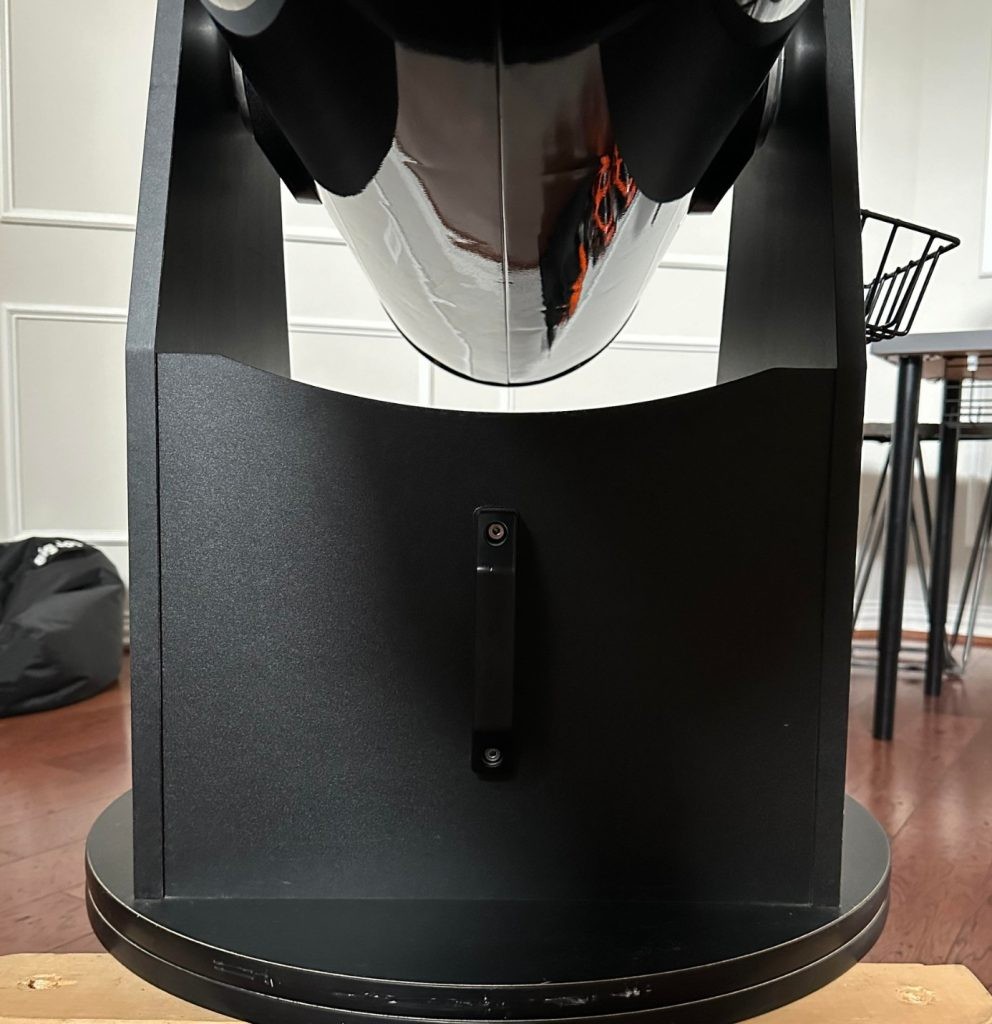
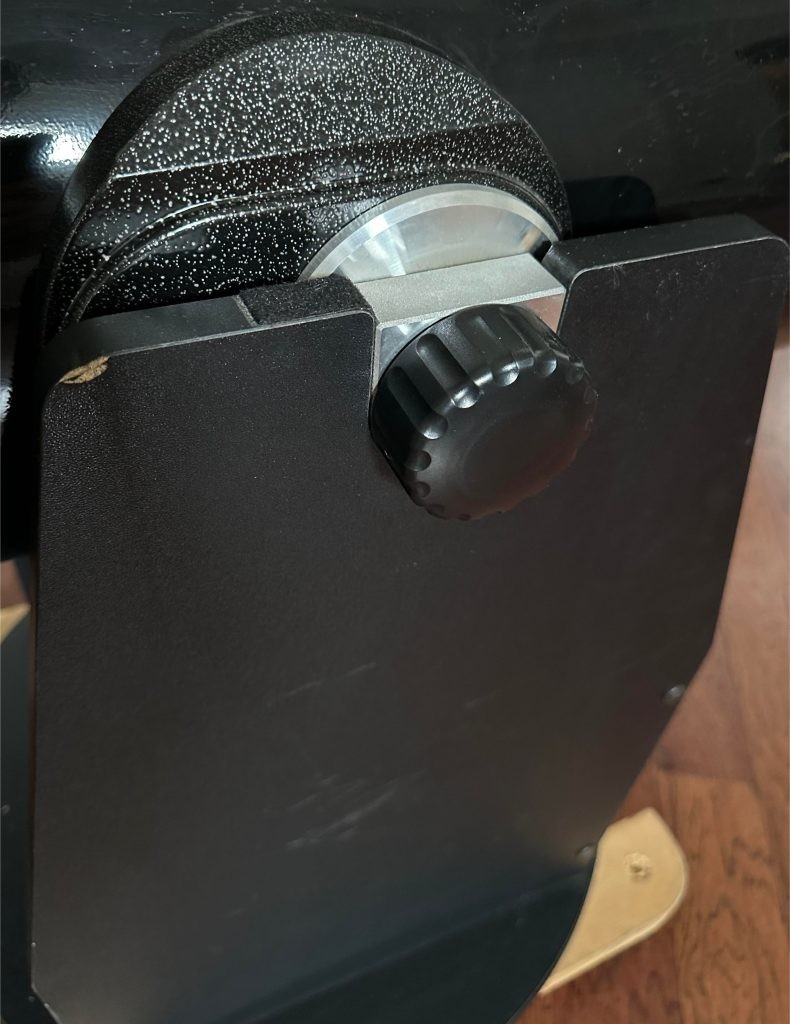
Long before it starts to deteriorate, an accident could also destroy your mount. Particle board is somewhat fragile to begin with and weakens over time.
- Plastic focusers: 10–20 years
While many plastic rack-and-pinion focusers can be resilient, particularly if used frequently, the teeth are all too easy to wear away or jam, even if you don’t manage to simply smash the focuser body outright.
They are probably one of the single most fragile components of an entire telescope. They also tend to be extremely annoying, if not outright expensive, to replace.
